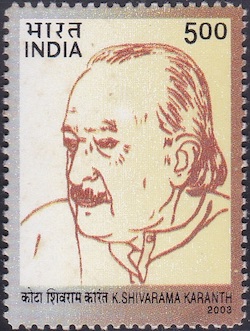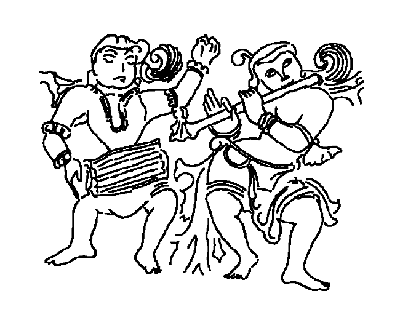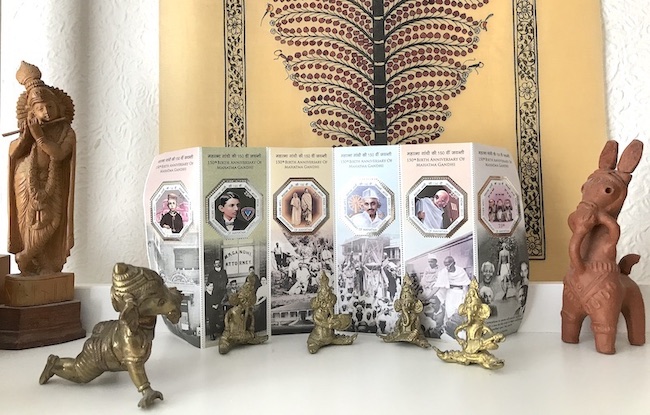To read the full article by the internationally acclaimed author of India After Gandhi, click here >>
After Partition, Bade Ghulam chose to move to Pakistan, but, finding the audience for classical music limited (in all senses of the word), wished to return to the Indian side of the border. In the 1950s, it was much easier to travel between these two countries than it is now. So Bade Ghulam made a trip to Mumbai, where someone brought his predicament to the attention of Morarji Desai, then the chief minister of the undivided Bombay State. Morarji bhai arranged for a government house for the maestro, while the Central government, headed at the time by Jawaharlal Nehru, smoothed the way for this Muslim from Pakistan to become a citizen of India.
Hamsadhvani is a lovely, melodious, raga in the Carnatic tradition, said to have been originally composed by Ramaswamy Dikshitar in the 18th century. There are many songs set in this raga, such as “Vatapi Ganapathim”, a hugely popular item in the repertoire of (among others) M.S. Subbulakshmi and M.L. Vasanthakumari. At some stage the raga was also adapted by Hindustani musicians for their own use. […]

The celebrated Kannada writer, Kota Shivarama Karanth, once remarked that it was impossible to “to talk of ‘Indian culture’ as if it is a monolithic object”. In Karanth’s opinion, “Indian culture today is so varied as to be called ‘cultures’. The roots of this culture go back to ancient times: and it has developed through contact with many races and peoples. Hence, among its many ingredients, it is impossible to say surely what is native and what is alien, what is borrowed out of love and what has been imposed by force. If we view Indian culture thus, we realise that there is no place for chauvinism.”
To this quote from Karanth let me append one by Rabindranath Tagore. Speaking of our inherited and shared diversity, Tagore once remarked: “No one knows at whose call so many streams of men flowed in restless tides from places unknown and were lost in one sea: here Aryan and non-Aryan, Dravidian, Chinese, the bands of Saka and the Hunas and Pathan and Mogul, have become combined in one body.”
The pluralism and cultural heterogeneity that Karanth and Tagore highlighted mark most spheres of Indian life. And perhaps (as they knew so well themselves) our classical music above all. Whether it be instrument or raga or genre or performer, we cannot say what is Hindu and what is Muslim, which part is native and which alien. […]

A brief introduction >>
For the act of Bade Ghulam Ali Khan singing Hamsadhvani at a Rama Navami concert in Bangalore’s Fort High School in 1956 brings and blends together many languages, religions, regions, political regimes, musical traditions, and architectural styles. It is a glorious tribute to the cultural diversity of our country and our civilization.
Source: The Telegraph (Calcutta)
URL: https://www.telegraphindia.com/opinion/indian-classical-music-may-be-the-best-antidote-to-chauvinism/cid/1778691
Date visited: 6 June 2020
Audio tip | JA Jayanth’s grandfather and guru TS Sankaran live at Kalakshetra >>
Related post
“Sampradaya is like a broad river and the bani is a tributary”: Umayalpuram Sivaraman on his 75 years of performance >>
Information about the persons, items or topics
Research & Custom search engines
The Oxford Illustrated Companion to South Indian Classical Music
Learn & practice more
A brief introduction to Carnatic music (with music examples and interactive map)
Bhava and Rasa explained by V. Premalatha
Free “flow” exercises on this website
Introduction (values in the light of modernity)
Video | Keeping tala with hand gestures: Adi (8 beats) & Misra chapu (7 beats)
Why Carnatic Music Matters More Than Ever
Worldcat.org book and journal search (including Open Access)

Photo © Ludwig Pesch